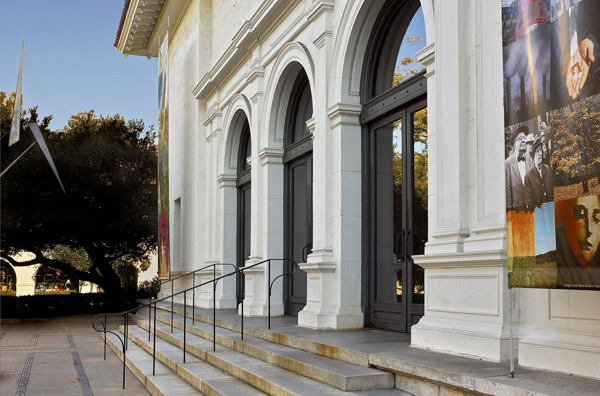Portrait of Edmund Rouvert
Portrait of Edmund Rouvert
- portraits
- book
- men
- 19th century American
- American
- Early Republic
- American
James Peale (1749-1831) was the youngest brother of his better known sibling, Charles Willson Peale (1741-1827), who in turn, has been critically overshadowed by his most gifted child, the painter, Rembrandt Peale. The Peale family was remarkable, not only for the number of children each generation produced, but also for its achievement in the arts. During the 1760s and 70s, Charles Willson established himself as the portraitist of the heroes of the American Revolution, such as George Washington. His youngest brother James became his studio assistant in 1769 when Charles returned from England, where he went to master the latest fashions in sophisticated portraiture. Choosing, perhaps wisely, not to compete with Charles’s success, James devoted himself to making miniature portraits, producing likenesses like the one of Mr. Rouvert that his wife holds so tenderly in her right hand. The brothers formally agreed to specialize in this way, starting in 1786.
This pair of portraits were likely commissioned by Edmund Rouvert and represent James Peale’s mature achievement. According to an inscription on the back, they were painted in 1803 when James’s eyesight was beginning to fail, which is presumably why he took up painting life-size portraits, sparing him the eyestrain of working in miniature. Nevertheless, the somewhat naïve handling of the landscape elements and the perspectival inconsistency, for example, in the bench on which Edmund Rouvert is seated, betray the artist’s limited exposure to the technical knowledge that life-size portraiture requires. The sitter, who fled his native France during its Revolution, was a successful shipping merchant based in Philadelphia. Conceived as a pendant pair, these portraits may have been commissioned to commemorate Rouvert’s marriage to Jane Loge, who came from a prominent Southern family. While several harsh conservation treatments in the past have compromised some of the descriptive modeling of the sitters’ features and their carefully described clothing, the artist’s conceit, with husband and wife positioned as if turned towards each other in easy companionship, is undeniably charming.














